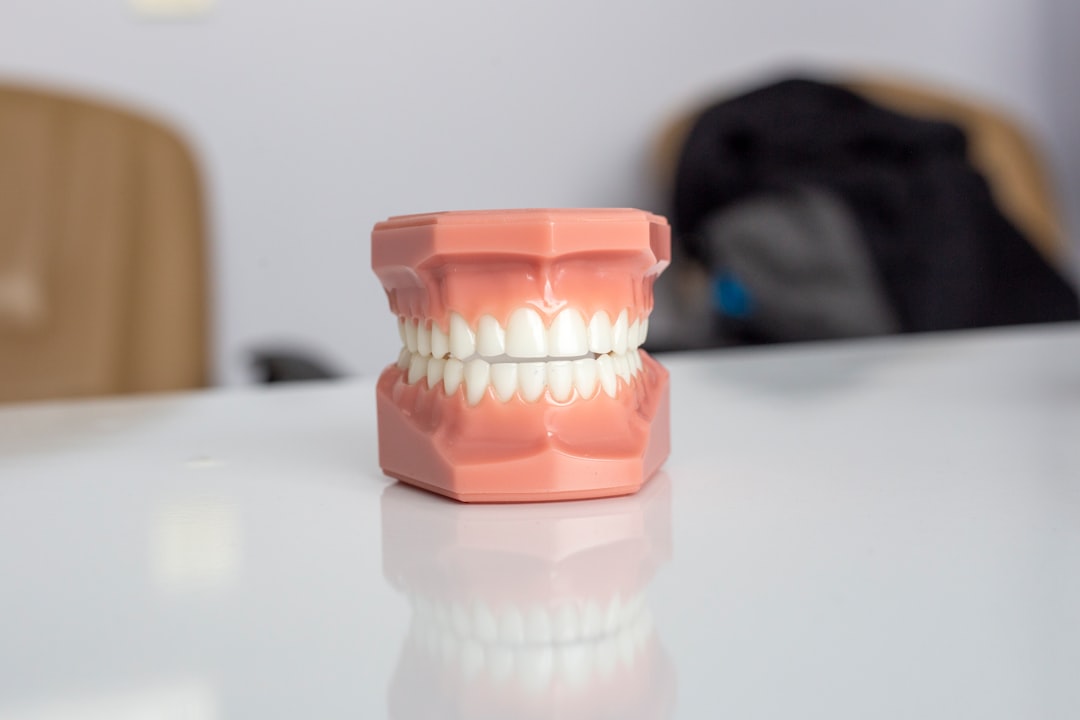Featured Image
Why is it important?
The use of tobacco, and areca nut, has gained popularity worldwide, and nearly 10% of the world’s population is estimated to be consuming quid in various forms.Betel quid lichenoid lesion is less reported in the literature.This study focusses on the risk indicators for the development of Betel quid lichenoid lesion in quid chewers, by assessing the age, gender, socioeconomic status, quid type, quid form, and the duration and frequency of chewing habit.
Perspectives
Betel quid lichenoid lesion is less reported in the literature.We have taken the subjects with chewing tabacco and areca nut habit only and other factors like smoking, alcohol and other medications have been excluded from the study. The risk factor for development of Betel quid lichenoid lesion with area nut and tobacco and processed and unprocessed form were also assessed, which is not done in the previous studies.
Professor manoj vengal
KMCT dental college
Read the Original
This page is a summary of: Betel quid oral lichenoid lesions: a hospital based cross-sectional study, Journal of Investigative and Clinical Dentistry, July 2015, Wiley,
DOI: 10.1111/jicd.12180.
You can read the full text:
Contributors
The following have contributed to this page










